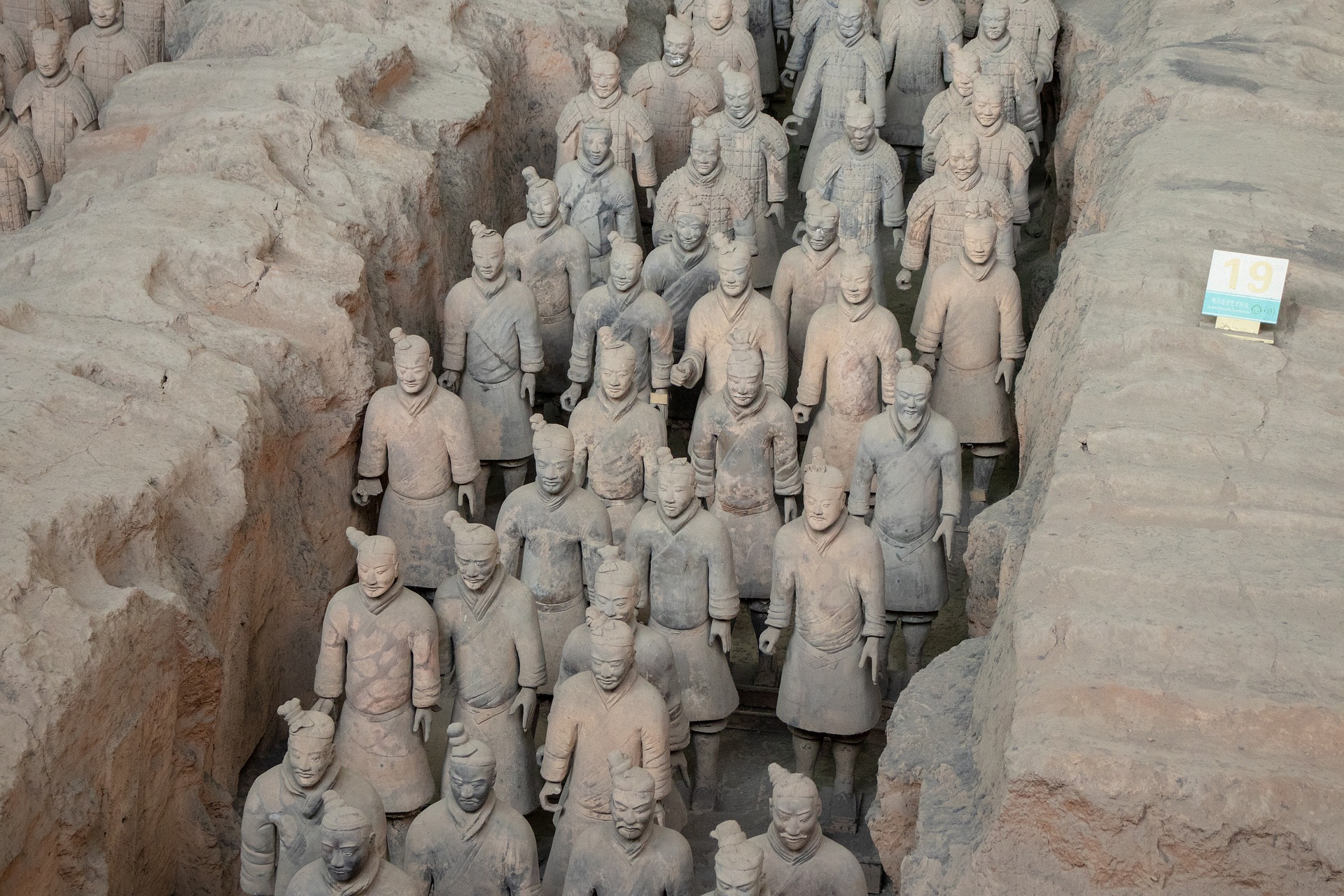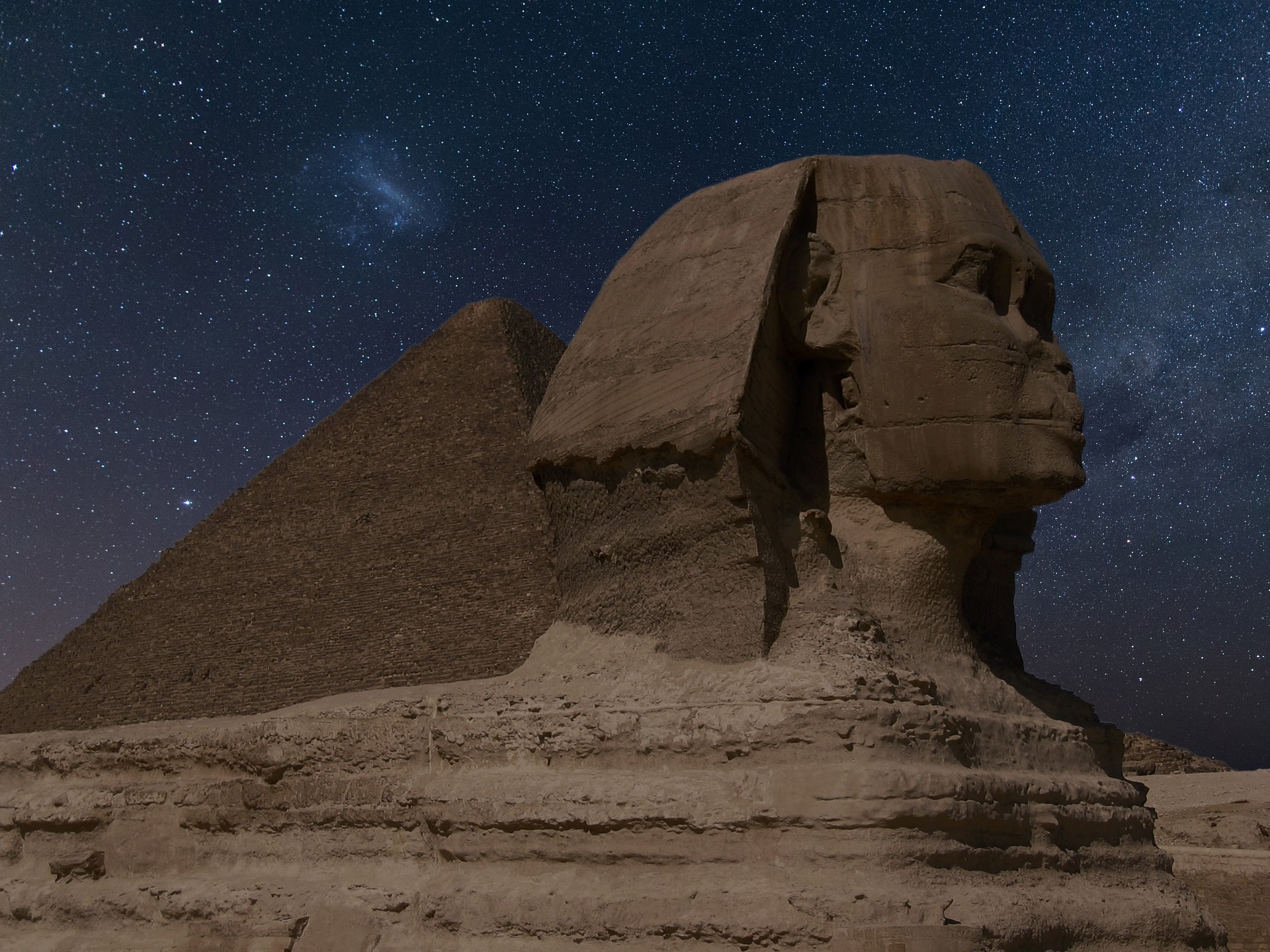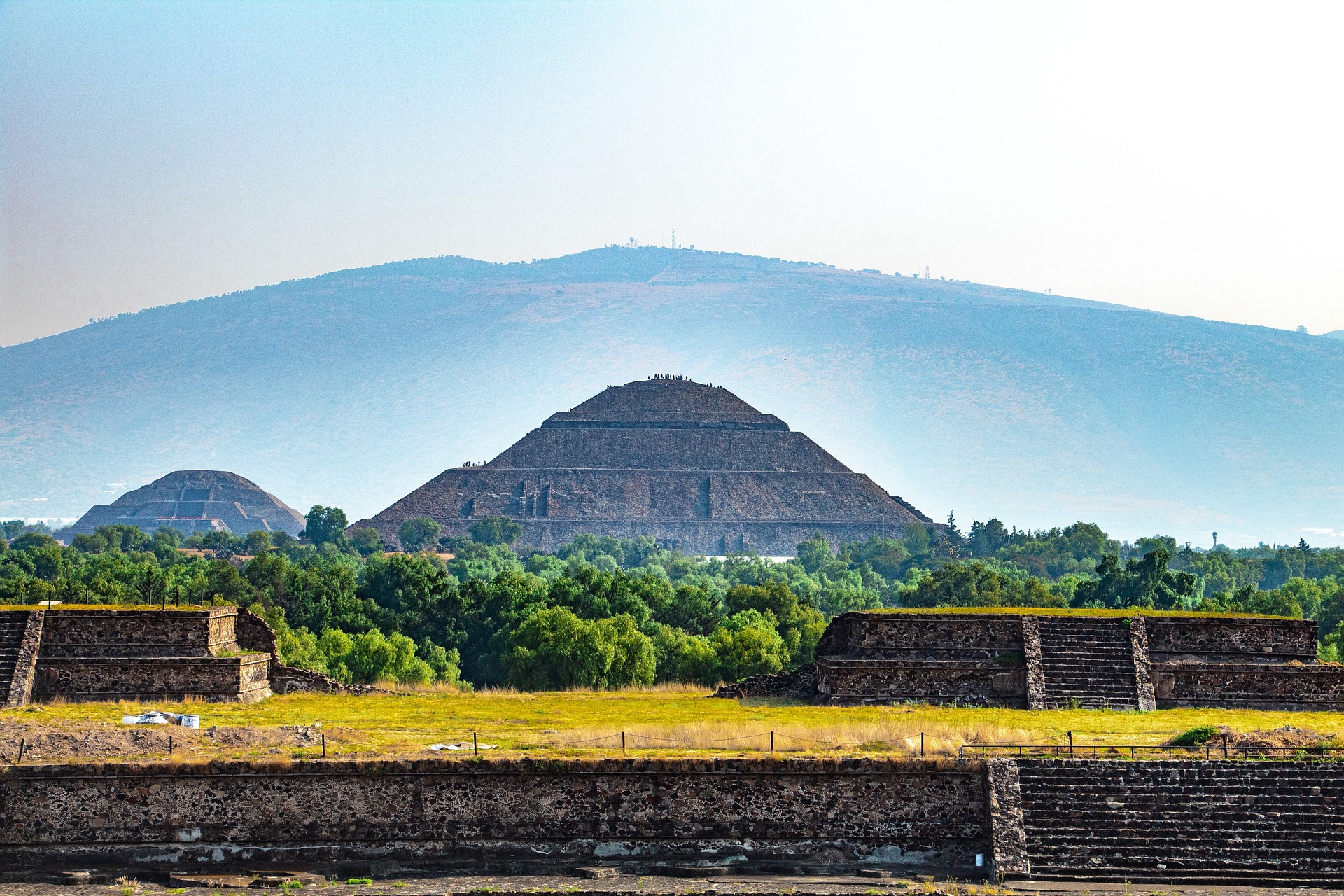
Mesopotamia
One of the oldest known civilizations, Mesopotamia, which existed in the region of present-day Iraq, had a rich lunar mythology. The Babylonians, who inhabited Mesopotamia from the 18th to the 6th century BCE, worshiped the moon as the god Sin, who was believed to be the ruler of the night sky. They also developed a lunar calendar, which divided the year into twelve lunar months.

China
In Chinese culture, the moon has been an important symbol for over 3,000 years. The ancient Chinese believed that the moon was a powerful deity, responsible for controlling the tides and influencing human behavior. They developed a lunar calendar that is still used in some parts of China today, and celebrated the Mid-Autumn Festival, a time when the moon is at its fullest and brightest.

Egypt
The ancient Egyptians associated the moon with the god Thoth, who was believed to be the inventor of writing, mathematics, and astronomy. They also believed that the moon was a symbol of regeneration and rebirth, and associated it with the goddess Isis. The lunar calendar was used to determine the timing of important religious festivals and ceremonies, and the phases of the moon were used to predict the flooding of the Nile.

Mesoamerica
The Maya civilization, which flourished in Mesoamerica from the 3rd to the 10th century CE, had a complex lunar mythology. The Mayans developed a lunar calendar that was more accurate than the European calendar at the time, and used it to track the movements of the moon and the sun. They also associated the moon with fertility and agriculture, and believed that it had a significant impact on human behavior.